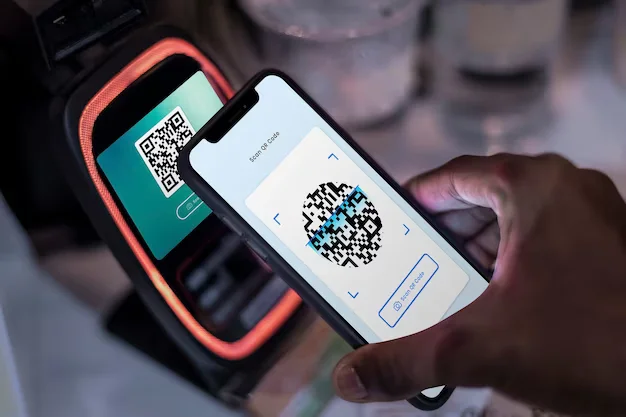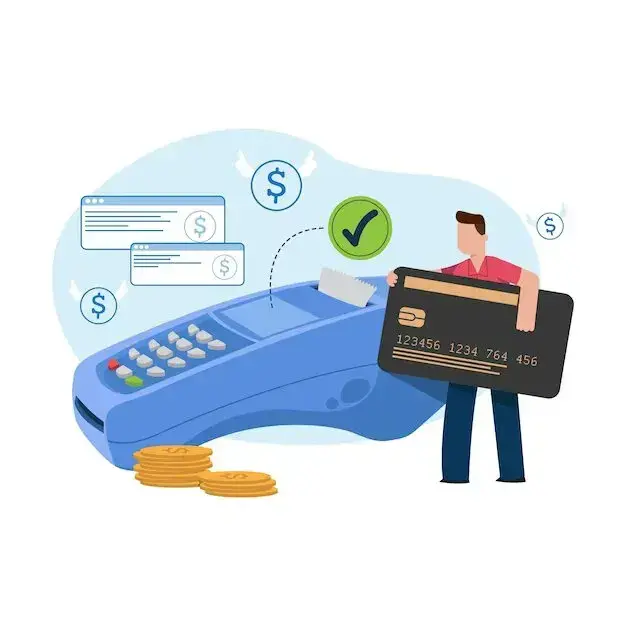In today’s fast-evolving digital age, the role of cybersecurity in digital payments is more critical than ever before. The rapid shift towards online transactions and mobile payments has revolutionized the way we handle our finances, but with this convenience comes a heightened risk of cyber threats. The rise in cyberattacks has made it increasingly important for consumers and businesses alike to understand the significance of securing digital payment systems. This article delves into the growing need for cybersecurity in digital payments, the potential risks, and why strong security measures are vital to safeguarding personal and financial data.
The Surge of Digital Payments in India
In recent years, India has witnessed a surge in digital payments, driven by initiatives such as Digital India, the rise of mobile wallets, UPI (Unified Payments Interface), and e-commerce platforms. The ease of making payments online, whether through mobile apps, websites, or QR codes, has significantly transformed the financial landscape in the country. Today, making payments for everything from groceries to utility bills can be done with just a few taps on your smartphone. The introduction of government-backed payment systems like Bharat Interface for Money (BHIM) and Paytm has further encouraged millions of Indians to embrace digital transactions.
However, with this convenience comes an increase in the threat landscape. Cybercriminals are becoming more sophisticated in their attempts to exploit vulnerabilities in digital payment systems. From phishing attacks to data breaches, digital payments are often targeted by malicious actors. This makes cybersecurity an absolute necessity for the safety and security of our financial transactions.
Why Cybersecurity is Essential in Digital Payments

1. Protection of Sensitive Personal and Financial Information
The core reason cybersecurity is essential in digital payments is to protect sensitive personal and financial data. When we engage in digital transactions, we often share critical information like credit card numbers, bank account details, Aadhaar numbers, and social security numbers. If this data falls into the wrong hands, it can be used for identity theft, fraudulent activities, and unauthorized access to accounts, causing significant financial and emotional distress to victims.
For instance, a breach of a user’s credit card information could lead to unauthorized purchases, loss of funds, and time-consuming efforts to resolve the issue. To prevent such scenarios, robust cybersecurity mechanisms are necessary. Some of these include:
- Encryption: This technique ensures that any data transmitted over the internet, especially personal and payment information, is converted into unreadable code. Only authorized parties with the decryption key can access the information. Without encryption, this sensitive data would be vulnerable to theft.
- Multi-Factor Authentication (MFA): MFA adds an extra layer of security by requiring the user to verify their identity using two or more authentication factors. These can include a password, a PIN, or a biometric scan like a fingerprint or facial recognition. Even if hackers manage to obtain a user’s password, MFA helps ensure that unauthorized access is prevented.
- Tokenization: Tokenization replaces sensitive information, such as credit card numbers, with a unique code called a token. This token has no value outside the transaction for which it was created, making it useless to anyone attempting to misuse it.
By adopting these security measures, digital payments can be much safer, reducing the risk of fraud and identity theft in India’s increasingly cashless economy.
2. Combating Cyber Threats on a Global Scale
Another significant aspect of cybersecurity in digital payments is the global nature of these transactions. Payments are not restricted to one country or region; they often involve international players, which makes them vulnerable to global cyber threats. Cyberattacks can come from any part of the world, targeting payment systems in India as well as international corporations, governments, and financial institutions.
A breach in the payment infrastructure could have far-reaching consequences, not just for individuals but for businesses and even national economies. For example, the Ransomware attack on India’s government websites in recent years highlighted how vulnerable digital systems are to global threats. Cybercriminals can exploit vulnerabilities in payment systems to steal money, disrupt business operations, or access sensitive government data.
To prevent such threats, it is essential that payment systems invest in robust cybersecurity frameworks and constantly upgrade their security protocols. Cyberattacks can be costly, not only in terms of direct financial losses but also in reputational damage. Therefore, businesses must invest in securing their payment platforms against global cyber threats.
3. Securing Payment Systems and Enhancing Trust
A key factor driving the widespread adoption of digital payments is the trust consumers place in these systems. If consumers feel that their personal or financial data is vulnerable, they will be hesitant to make digital transactions. Cybersecurity ensures that the payment systems are reliable and trustworthy, which is crucial in maintaining customer confidence.
For instance, when you make an online purchase through a platform like Amazon India or Flipkart, you need to trust that your payment details are protected. If payment systems fail to provide adequate protection against fraud or data breaches, consumers may switch to other platforms, ultimately leading to a loss of business for retailers and financial institutions.
A secure payment system encourages customers to conduct more transactions and build long-term loyalty. This is why payment platforms in India, such as Google Pay, PhonePe, and Paytm, continue to invest heavily in cybersecurity measures.
4. Preventing Payment Fraud
Fraud prevention is one of the most critical aspects of securing digital payments. Cybercriminals can attempt to gain unauthorized access to users’ accounts by using stolen login credentials, exploiting software vulnerabilities, or even manipulating users into revealing their details through phishing attacks.
In response to these risks, payment systems use advanced fraud detection algorithms that continuously monitor transaction patterns for suspicious activity. These systems can flag unusual transactions in real time and even require additional authentication to prevent fraud. Additionally, biometric authentication like fingerprint scanning or facial recognition is gaining traction in India as a means to verify a user’s identity during payments.
Incorporating such technologies helps prevent fraud and ensures that digital payments remain safe for Indian consumers and businesses alike.
Strengthening India’s Digital Payment Infrastructure
As India continues to move towards a more digital economy, the need to strengthen the security of digital payment systems is more pressing than ever. Payment systems need to embrace technologies such as blockchain, artificial intelligence, and machine learning to stay ahead of cybercriminals.
With the government’s focus on driving digital payments through initiatives like PMGDISHA (Pradhan Mantri Gramin Digital Saksharta Abhiyan) and Financial Literacy Programs, it is essential to also ensure that these platforms are fortified with state-of-the-art cybersecurity measures.
Conclusion: Safeguarding the Future of Digital Payments

The importance of cybersecurity in digital payments cannot be overstated, especially as India rapidly embraces the digital age. While digital payments offer tremendous benefits in terms of convenience and accessibility, they also expose users to significant risks, including identity theft, fraud, and cyberattacks. By implementing strong security measures such as encryption, multi-factor authentication, and tokenization, both individuals and businesses can ensure the safety of their digital transactions.
As India continues to adopt digital payment solutions across its diverse population, the government and financial institutions must work together to build secure payment systems that foster trust and confidence. With cybersecurity as a top priority, we can create a secure environment for digital transactions and safeguard the future of India’s digital economy.
Investing in robust cybersecurity infrastructure is not just an option it’s a necessity to ensure the safety, reliability, and long-term sustainability of India’s rapidly growing digital payment ecosystem.











